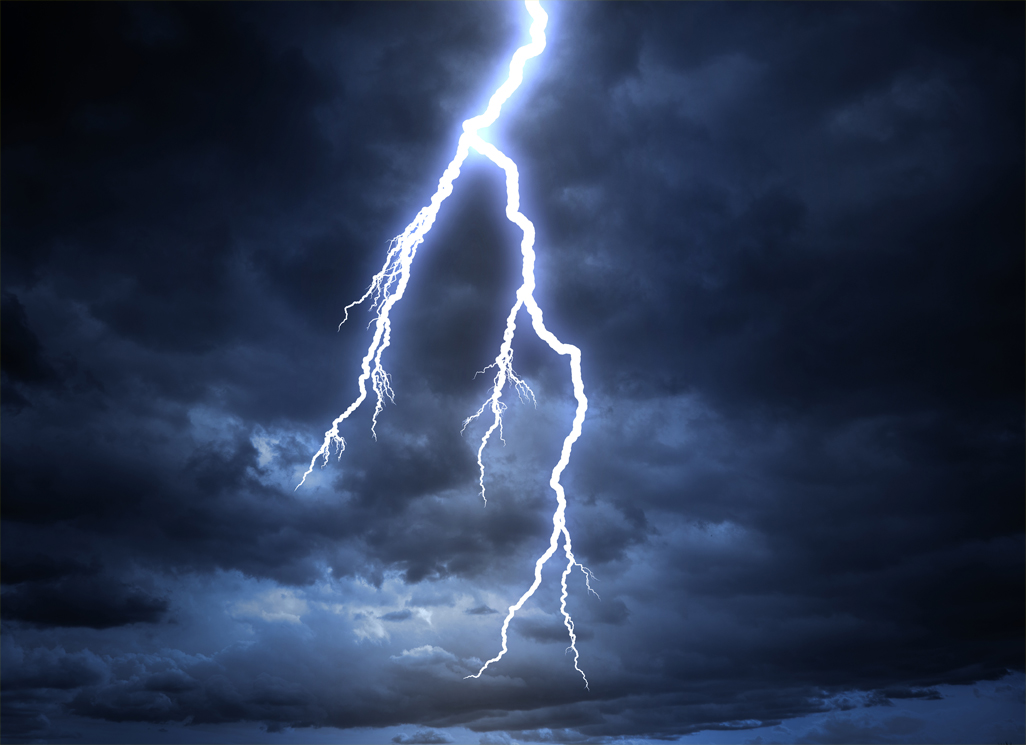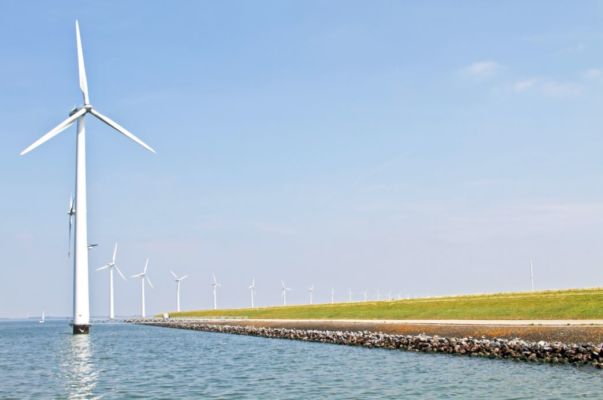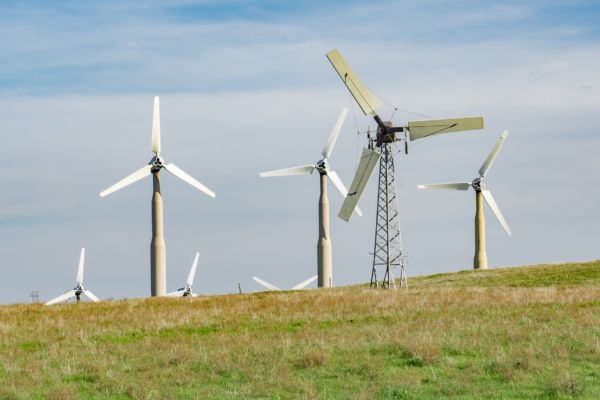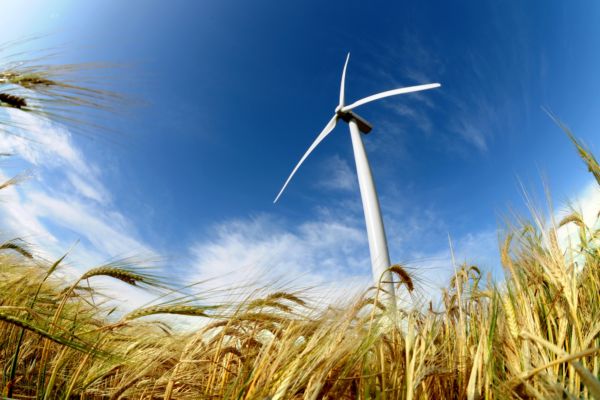While it is virtually unavoidable that bearings will be affected by electricity in modern wind turbine technology, components are still at risk of damage as a result. Electrical discharge can damage the bearing’s rolling contact surfaces. This is what is known as electrical erosion – a phenomenon that causes bearings to degrade in various ways.
Electrical erosion leads to issues
Generators are essential to the functionality of wind turbines. However, they are put under huge strain when electrical current passes through a bearing. This can result in electrical erosion – potentially damaging the integrity of the lubricants, or the component itself, when generators are exposed to high-frequency currents.
When a current is transferred from one ring to another through rolling elements, there is a chance that the raceway surface will be damaged and that grease degradation will occur. This could ultimately lead to premature bearing failure. Fortunately, there are solutions on the market that can combat this.
Protect against unnecessary wear
Electrically insulated and hybrid bearings can protect against the issues caused by electrical erosion. They protect against the negative effects of electrical discharge and can boost the lifespan of wind turbine machinery. SKF, for example, offers INSOCOAT bearings. The external surfaces of the inner or outer rings of these standard bearings are plasma-sprayed with an aluminum oxide to form a coating. This coating is then sealed with a resin to protect against the conductive effects of water and moisture.
Hybrid bearings provide a further improvement in the electrical insulation properties, especially for applications that use a high-frequency converter like modern wind turbine generators. These bearings incorporate rolling elements made of bearing-grade silicon nitride, providing longer bearing life in harsh operating conditions. They can accommodate higher speeds, run better under poor lubrication conditions, and resist contamination to last significantly longer than an all-steel bearing.
A thoroughly successful project
Electrically insulated bearings proved particularly useful in a recent project undertaken by SKF. An electrical engineering company was experiencing issues as a result of electrical erosion and turned to SKF to find a solution. SKF has a range of ways to handle the issue of electrical erosion and presented the opportunity to maximize performance and reliability. By implementing INSOCOAT and hybrid bearings, SKF helped the company make its machinery more efficient and durable.
The collaboration was a huge success. The solutions offered provided extra support to vital machinery, enabling the company involved to look to the future knowing that its equipment is safeguarded.



